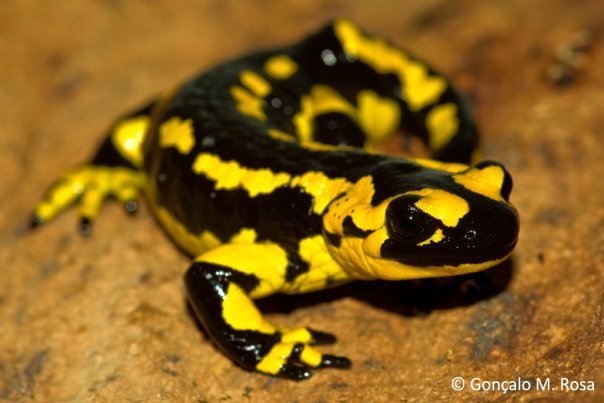-
Tips for becoming a good boxer - November 6, 2020
-
7 expert tips for making your hens night a memorable one - November 6, 2020
-
5 reasons to host your Christmas party on a cruise boat - November 6, 2020
-
What to do when you’re charged with a crime - November 6, 2020
-
Should you get one or multiple dogs? Here’s all you need to know - November 3, 2020
-
A Guide: How to Build Your Very Own Magic Mirror - February 14, 2019
-
Our Top Inspirational Baseball Stars - November 24, 2018
-
Five Tech Tools That Will Help You Turn Your Blog into a Business - November 24, 2018
-
How to Indulge on Vacation without Expanding Your Waist - November 9, 2018
-
5 Strategies for Businesses to Appeal to Today’s Increasingly Mobile-Crazed Customers - November 9, 2018
Imported Salamanders Bring Deadly Fungus to the US
In lab setting, the fungus has proved deadly to American salamanders. When this fungus arrived in Europe, it resulted in 96 percent fatality rate among infected European salamander species.
Advertisement
The researchers have requested the US Fish and Wildlife Service to levy an immediate ban on the imports of live salamanders to the US till the time scientists come up with a plan to prevent the infection’s transmission. Recent studies have shows that at least two U.S. salamander species are very susceptible to the new pathogen. Among are those believed to be the most vulnerable to the fungus.
Originating in Asia, this skin-eating disease of live salamanders could wreak havoc on populations within the US and in North America which hosts 48% of the 676 salamander species in the world.
Vance Vredenburg, a biologist at San Francisco State University, said, “This is the hot bed in the world for diversity of amphibians, and if that fungus gets here, it’s going to be devastating”.
The U.S. imports thousands of salamanders per year, a trade that scientists warned should be banned in order to stop the spread of a deadly fungus that kills almost every salamander that it infects.
“This fungus is much worse than the chytrid fungus, which is more like a lingering disease that affects the skin and puts stress on the salamander until it dies”, said UC Berkeley professor David Wake, who is the director and founder of AmphibiaWeb, an online database specializing on amphibian biology. Scientists are now anxious that this phenomenon might occur in North America.
The fungus, Batrachochytrium salamandrivorans or Bsal, is a chytrid fungus closely related to Batrachochytrium dendrobatidis that threatens every frog species all over the world.
The Ensatina salamander, a lungless salamander common along the west coast of the US, is one of hundreds of species of salamanders endemic to North America threatened by a new fungal pathogen from Asia.
Salamanders are one of the most abundant vertebrate animals in many North American ecosystems and play a number of key ecological roles, Koo said.
The high-risk regions include Sierra Nevada and the central highlands of Mexico. They plough fertile soil, prey on harmful insects and are the beacon after which we can signal the health of their environment, which makes detecting pollution much more easily. There still may be trouble ahead, because previous efforts at banning the import of live salamanders have failed, and some are anxious that government officials may not act soon enough to impose tougher controls or a ban on imports for the lucrative pet trade, The Guardian reports.
Advertisement
Vrendenburg studied Bd for decades and he know exactly how it effects. Unfortunately, these species are very vulnerable to Bsal.




























